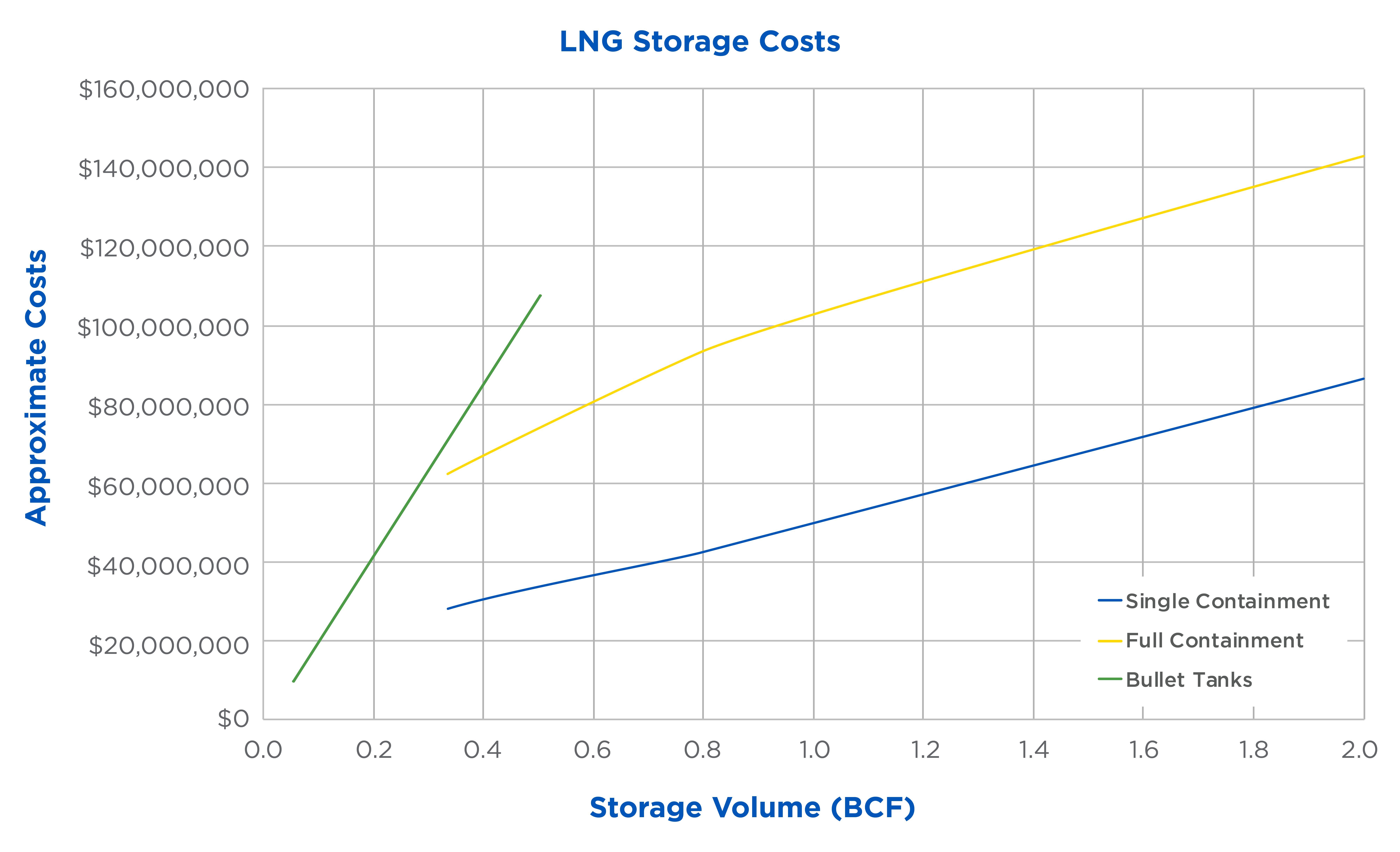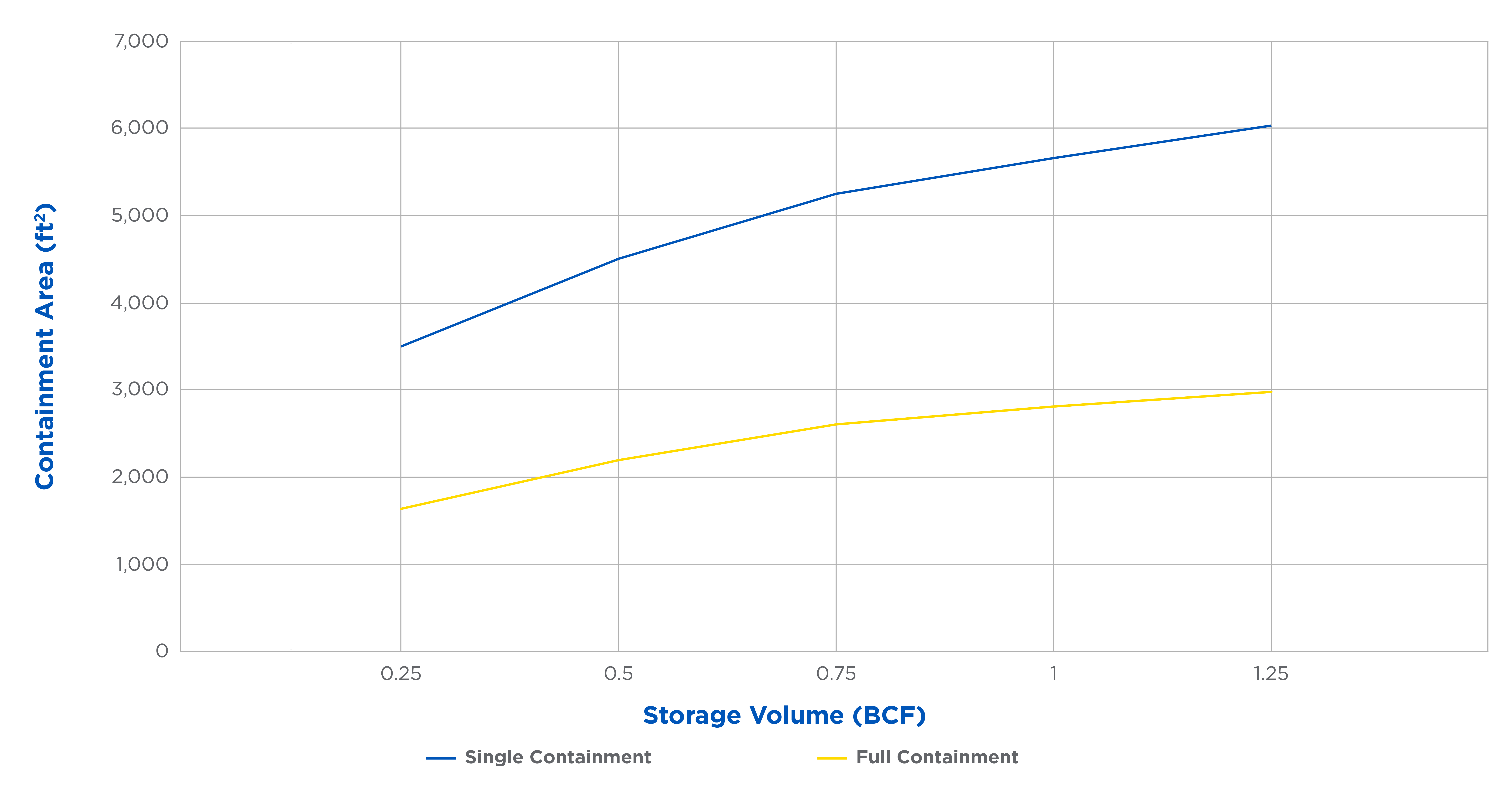The Road to LNG
The natural gas shortage of the 1970s started the trend in the U.S. to use LNG as a supplement to manage energy supply. This trend led to many plants and facilities being built that would allow utilities and transmission pipelines direct access to natural gas to handle shortages.
Over the following decades, however, the original LNG peak shaving facilities were affected by both market changes and operations and maintenance cost-cutting that resulted in many assets’ now-derelict condition.
Although domestic natural gas is now abundant and viewed as a more environmentally friendly fuel source, today’s utilities and IPPs are faced with other challenges in how to reliably produce and deliver electricity to consumers:
- Change in the energy mix from coal to gas and renewables.
- High and seasonal demand for electricity generation.
- Pipeline delivery capacity constraints.
- Pipeline project permitting challenges.
- Weather-related events and impacts.
This new operating environment is motivating operators to actively evaluate how to use aging assets or construct new facilities that will tap into the power of LNG for effective energy management.



